<> Hypolycaena erylus (Godart, 1824) <>
the Common Tit ผีเสื้อพุ่มไม้ธรรมดา
Click on any photo to see all photos full size in Lightbox
Additions and corrections to the information provided on this page is always welcome. Please use the Contact form.
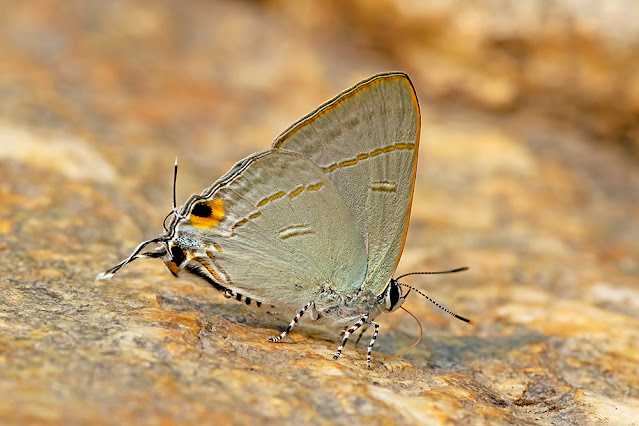
Photo taken at Doi Suthep-Pui National Park, Chiang Mai, Thailand 420m a.s.l.

Hypolycaena erylus is widely distributed throughout the region but, like other members of the genus, is not common everywhere. It is a small butterfly that can easily be overlooked and is found in a wide range of habitats. Both sexes are very similar in appearance on the underside of the wings but are quite different on the upperside, the female being brown with black 'eye' spots to the rear and the male being a stunning deep blue. It has two pairs of tails on the hindwings, one pair at the end of vein 1 and one pair at vein 2. The tails are black with white tips and the ones at V1 are around 6-7mm long with the ones at V2 being a little shorter at around 5mm. Like some other Lycaenid species it uses its tails as a decoy by constantly moving them around so that predators can be fooled into thinking that the rear end of the butterfly is the head with antennae. This works to the advantage of the butterfly as it is more likely to survive an attack at its rear and is able to fly off in a different direction.
Males are most often seen puddling at the side of streams or at damp patches and both sexes can occasionally be seen basking on low vegetation with their wings open. The species is multivoltine and with a relatively short life cycle there are a number of generations each year. The adult female lays her eggs singly on the leaves, stems, or shoots of the host plant. After hatching the larvae are attended by Weaver ants who protect them in exchange for ‘nectar’ secreted by the larvae via a special organ on their back.
Synonyms and previously used names: Polyommatus erylus, Hypolycaena teatus
Taxonomy: Animalia - Arthropoda - Insecta - Lepidoptera - Lycaenidae - Theclinae - Hypolycaena - erylus
Regional subspecies: Hypolycaena erylus aimnestus (Palawan-Philippines), H.e.gamatius (Indonesia), H.e.georgius (Philippines), H.e.himavantus (Nepal, NE India, Myanmar, N.Thailand, Laos, Vietnam, S.China), H.e.orsiphantus (Basilan-Philippines), H.e.pupienus (Lombok-Indonesia), H.e.teatus (S.Thailand, Malaysia, Indonesia), H.e.tmolus (Philippines). There are a few others scattered amongst the islands of Indonesia and the Philippines.
Regional Distribution: Nepal, Bhutan, India, Bangladesh, Myanmar, Thailand, Laos, Cambodia, Vietnam, China, Malaysia, Singapore, Indonesia, Philippines
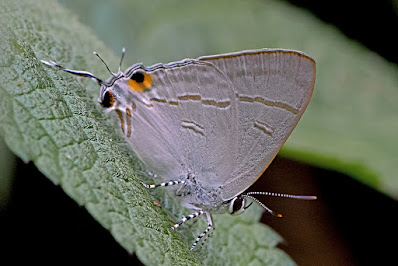 |
Chiang Dao Wildlife Sanctuary, Chiang Mai, Thailand 540m a.s.l. |
Habitat: Hypolycaena erylus is found in a wide range of habitats including mangroves, lowland and montane forest, and urban environments. Seen mostly at low to moderate elevations but has been recorded up to 1500m a.s.l.
Flight time: most of the year depending on location Wingspan: 27-32mm
Life History: egg 3 days instar 1 2-3 days instar 2 2-3 days instar 3 2-3 days instar 4 2 days instar 5 4-5 days pupa 6-7 days Total egg to adult 21-27 days
All times are approximate and can vary depending on the season and on the host used.
Larval Hosts: Utania racemosa (Gentianaceae), Clerodendrum chinense, Volkameria inermis (Lamiaceae), Acanthus ilicifolius (Acanthaceae), Ixora javanica, Meyna laxiflora, Meyna pubescens, Meyna spinosa, Scyphiphora hydrophylacea (Rubiaceae), Acacia mangium, Cassia fistula, Pithecellobium dulce, Saraca cauliflora, Senna alata (Fabaceae), Cinnamomum verum (Lauraceae), Ceiba pentandra, Hibiscus tiliaceus (Malvaceae), Dimocarpus longan, Guioa pleuropteris, Nephelium lappaceum (Sapindaceae), Lumnitzera racemosa (Combretaceae), Sandoricum koetjape (Meliaceae), Ziziphus jujuba, Ziziphus mauritiana (Rhamnaceae), Bruguiera cylindrica, Rhizophora apiculata, Rhizophora mucronata (Rhizophoraceae), Sonneratia alba (Lythraceae), Adenia heterophylla (Passifloraceae), Dendrophthoe falcata, Helixanthera coccinea (Loranthaceae), Averrhoa carambola (Oxalidaceae).
Actual host plant used depends upon location and availabilty of plant species.
Adult Food Sources: Nectar - Leea rubra (Vitaceae), Acmella paniculata, Ageratum conyzoides, Chromolaena odorata (Asteraceae). There may be other flowers that are also visited for nectar but have not yet been recorded. Other - mud puddling, animal dung, rotting fruit, carrion.
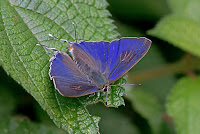 |
| Chiang Dao Wildlife Sanctuary, Chiang Mai, Thailand ♂ |
 |
| Chiang Dao Wildlife Sanctuary, Chiang Mai, Thailand |
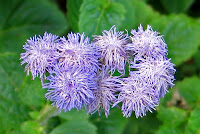 |
| Ageratum conyzoides, a nectar source |
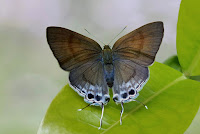 |
| Doi Suthep-Pui National Park, Chiang Mai, Thailand ♀ |
 |
| Chiang Dao Wildlife Sanctuary, Chiang Mai, Thailand |
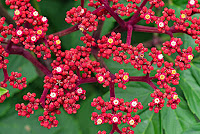 |
| Leea rubra, another nectar source |
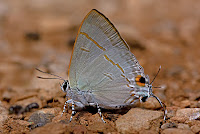 |
| Chiang Dao Wildlife Sanctuary, Chiang Mai, Thailand |
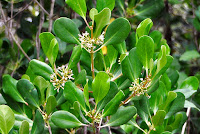 |
| Scyphiphora hydrophylacea, a larval host |
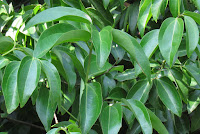 |
| Cinnamomum verum, another larval host |
Links to other pages in this series for species in the same subfamily
